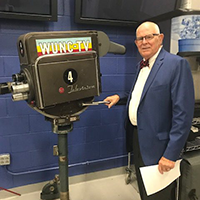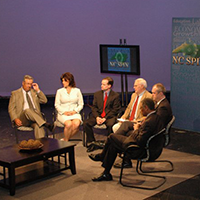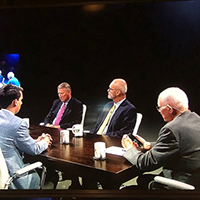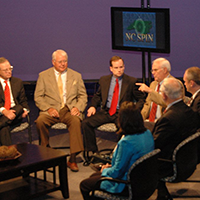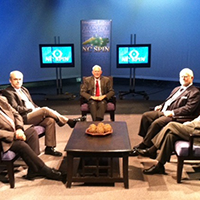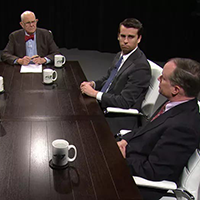Fair and effective?
Published October 29, 2015
Editorial by Greensboro News-Record, October 27, 2015.
Gunfire erupted outside a party on Boyd Street early Saturday, with several people firing weapons, police say. One person was killed; an officer shot and wounded an armed man. Investigators found more than 20 shell casings in the area.
A day later, The New York Times published its Sunday edition featuring a front-page story about Greensboro police. With a headline proclaiming “The disproportionate risks of driving while black,” it wasn’t favorable.
Times reporters interviewed residents who described negative encounters with Greensboro police. Researchers analyzed five years of data, concluding that black drivers are pulled over more often for routine traffic violations, cited five times more often for possessing small amounts of marijuana, and charged four times more often for resisting, delaying or obstructing an officer than white drivers.
Chief Wayne Scott, in a News & Record interview Monday, said he is taking these reports seriously: “The Greensboro Police Department is not turning a deaf ear to any of this.”
Scott was speaking by phone from Chicago, where he was attending a meeting of the International Association of Chiefs of Police. The issues raised about Greensboro, and other cities, are “a huge topic of conversation,” he said.
They should be. The Black Lives Matter movement, springing from highly publicized shootings of young black men by police officers, has prompted demonstrations and sharp discussions across the country. But long-term, nagging concerns center on “driving while black” complaints. Statistical evidence supports the contention that black drivers routinely are stopped more often for the same violations than are whites.
In general, Scott explains that police patrol high-crime areas more often. When they do, they see traffic violations.
This appears to put officers in contact more often with black motorists — not that they commit more traffic offenses but because of where they live.
One question is whether these traffic stops are productive. The Times cited numbers indicating that white drivers are more often found with “contraband,” such as drugs or weapons.
Scott said his department is already looking deeply at data, with the help of statisticians from N.C. A&T State University and UNC-Greensboro. He expects the results to better help police understand why disparities occur.
“I’m open-minded. If I need to change policies, I will,” he said.
He also said he listens, going to community meetings weekly. Many people are concerned about crime, he added — although crime overall is dropping, gun assaults are increasing — and want to see more police officers in their neighborhoods. Furthermore, complaints about police are declining.
Numbers can be taken in different ways. People who don’t trust police may be less likely to lodge complaints with the police about the police.
They also may be less likely to provide tips that police rely on to solve crimes — the Boy Street shootings, for example.
Scott’s administration is implementing neighborhood-oriented policing, hoping to build better relationships with communities. It’s initiating more communications training at the police academy. It’s trying to recruit and promote more minority officers.
“We are proactive,” he said. “We are transparent. We are willing to have these conversations.”
For now, he admitted, he can’t assure that every resident is always treated fairly and equitably in every encounter with a police officer. “I can assure you that is our intent,” he said. “As the chief of police, that is my goal.”
Police have the job of protecting the public while respecting people’s rights. It’s tough, but failing in one area is no more acceptable than failing in the other.
